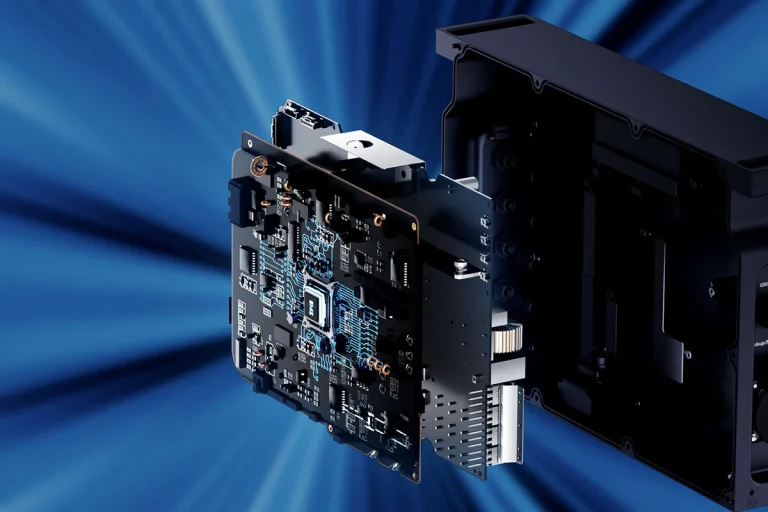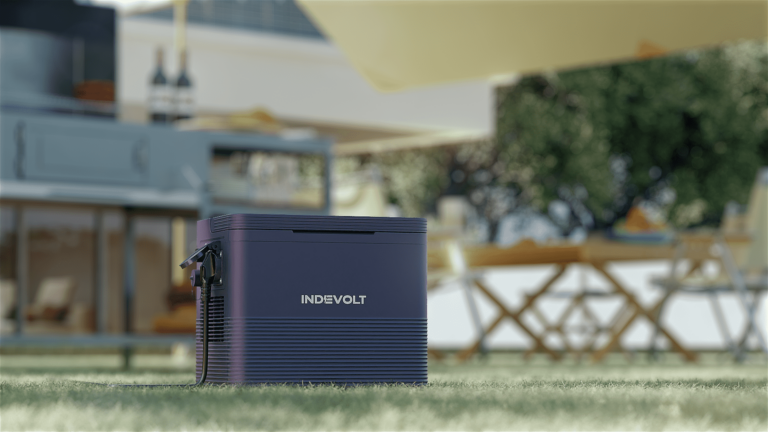3.6 kWh balcony solar power system with storage – How long does it actually last? Everything you need to know
A 3.6 kWh battery storage unit is ideal for balcony solar power systems and suitable as an emergency power solution. With modern semi-solid LiFePO₄ technology, it can last 15–20 years with proper use and maintenance. Key factors influencing its lifespan include charge cycles, depth of discharge, temperature, and maintenance. By adopting good charging habits, ensuring a stable environment, and performing regular system updates, you can maintain high capacity for an extended period.
Photovoltaic (PV) + storage solutions are no longer just for tech enthusiasts – they are making their way into more and more households. Anyone who decides to invest in a power storage system will eventually ask a crucial question: How long does such a system actually last?
A capacity of 3.6 kWh strikes an ideal balance between price, performance, and flexibility. It fits perfectly with a balcony solar power system and, at the same time, provides reliable emergency power in the event of a power outage. But what about its actual lifespan – and how can you extend it? Here, you’ll find all the answers.
What Can a 3.6 kWh Solar Power Storage Unit Do?
A 3.6 kWh balcony solar power system storage unit is extremely versatile. Its portability and flexibility make it a reliable energy source wherever it is needed:
- Home Emergency Power Supply: Powers refrigerators, Wi-Fi routers, lighting, laptops, and other devices for several hours during a power outage.
- Outdoor Adventures / Camping / RV Trips: Provides quiet, emission-free energy for portable devices or small cooking appliances.
- Outdoor Work Sites (e.g., Construction Sites or Garden Work): Runs drills, saws, work lights – reliably even far from the power grid.
How Long Does a 3.6 kWh PV System with Storage Typically Last?
The typical lifespan of a storage unit ranges from 10 to 15 years, depending on the battery type and usage.
It is influenced by environmental conditions, charge/discharge cycles, and adherence to the optimal operating temperature. While capacity does decrease over time, with proper maintenance, many systems can still retain 70–80% of their original capacity after 10 years.
Example:
The Indevolt SolidFlex 2000 + SFA1800 (total capacity approx. 3.6 kWh) uses semi-solid lithium iron phosphate technology (Semi-Solid LiFePO₄) and achieves a lifespan of up to 15 years with 8,000 charge cycles. Even after many years, approximately 70% of its capacity is retained.
A 10-year manufacturer’s warranty ensures long-term reliable operation.
- Each battery is equipped with an advanced battery optimizer that maximizes usable energy, ensures long durability, integrates seamlessly with PV systems, and enables intelligent energy management – perfect for household use.
- It can be expanded to up to three stacks with a total capacity of 32.4 kWh – ideal for large households or high electricity demand.
Which Factors Affect the Lifespan of a 3.6 kWh Balcony Solar Power System?
- Charge Cycles: Every complete charge and discharge cycle places stress on the battery. More cycles = faster aging.
- Depth of Discharge (DoD): Frequent deep discharging accelerates wear and tear.
- Operating Temperature: Extreme heat or cold leads to faster capacity loss. The optimal range is 10–25 °C.
- Charging Habits: Avoid overcharging or deep discharging; an ideal charging · System Maintenance: Regular inspections and software updates extend the lifespan.
How Does Usage Frequency (Charge Cycles) Impact Lifespan?
A charge cycle refers to one complete charge and discharge process. Every storage unit has a limited number of such cycles. The more frequently it is used, the faster it ages.
- Daily Use (1 cycle per day): A solar storage unit with 5,000 cycles lasts approximately 13–14 years.
- Occasional Use (3 cycles per week): Significantly longer lifespan.
Tip: For daily use, choose a balcony solar power system storage unit with >6,000 cycles.
How Do Environmental Conditions Affect Durability?
Extreme heat (>30 °C) accelerates material degradation, while extreme cold (<0 °C) reduces capacity and efficiency.
Moisture, rain, or corrosion also shorten the lifespan.
Recommendation: Store and operate the system in a dry, temperature-controlled environment.
What Role Does Battery Technology Play?
The most common battery types are lithium-ion, LiFePO₄ (lithium iron phosphate), semi-solid LiFePO₄, and lead-acid. Among these, semi-solid LiFePO₄ batteries offer the best combination of lifespan, safety, and energy density.
| Battery Type | Expected Lifespan | Cycles (approx.) | Features |
| Lead-Acid | 3–7 years | 500–1,500 | Inexpensive, low durability. |
| Lithium-NMC (Li-ion) | 10–15 years | 3,000–6,000 | Good performance, moderate capacity degradation. |
| LiFePO₄ | 15–20 years | 4,000–6,000 | Very durable, heat- & deep-discharge resistant. |
| Semi-Solid LiFePO₄ | 15–20+ years | 8,000–10,000 | Highest durability, high energy density, very safe. |
Does the Manufacturer’s Warranty (Usually 10 Years) Indicate Lifespan?
Yes. Manufacturers specify the warranty period and expected lifespan in manuals or on their websites.
LiFePO₄ batteries often come with a 10-year warranty and a 15-year lifespan; with proper care, this can even extend to 20 years.
Important: Warranty ≠ End of Use. Even after the warranty expires, the battery storage unit is often still usable, though with reduced capacity.
Does a 3.6 kWh Balcony Solar System with Storage Lose Capacity Over Time?
Yes, this is normal.
Example: SolidFlex 2000 – After approximately 8,000 charge cycles, capacity typically drops to 70%. The storage unit remains usable but provides power for shorter periods.
Capacity loss means: Less usable energy for the same load.
Tip: Regularly monitor capacity. If abnormalities occur during the warranty period, contact the manufacturer. After the warranty expires, consider expanding or replacing modules if necessary.
Can Regular Maintenance Extend Lifespan?
Yes. Regular monitoring and maintenance – often included in the warranty – helps maintain performance.
Even though modern systems require minimal maintenance, it is still worthwhile to regularly inspect the battery and the entire system, as well as update the BMS (Battery Management System) software.
Conclusion: How to Maximize the Lifespan of a 3.6 kWh Solar Power Storage Unit?
- Choose high-quality, cycle-resistant technology (e.g., semi-solid LiFePO₄).
- Avoid extreme temperatures and create a stable operating environment.
- Maintain good charging/discharging habits (no deep discharging, no overcharging).
- Inspect the system regularly and update the BMS software.
- Keep track of capacity development and expand or replace modules in a timely manner if needed.
Final Takeaway:
A well-maintained 3.6 kWh storage system can operate reliably for 15–20 years – the ideal solution for self-consumption of PV energy and secure emergency power supply in households.





